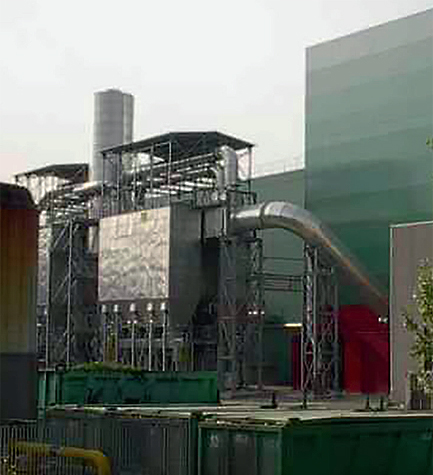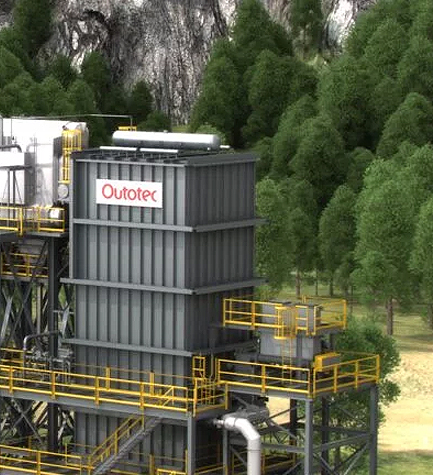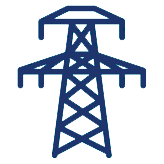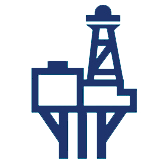The Energy from Waste industry provides a forward-thinking solution to the world’s need for renewable fuel. The market size was $32.15 billion only two years ago, according to Fortune Business Insights , and with over 1700 thermal waste to energy plants across the world – along with continued expansion of energy from waste plants in China – this number is set to increase.
Energy from Waste organisations normally have complex equipment and processes operating in quite challenging environments. Therefore, enterprise asset management is important to maximise asset uptime and keep maintenance costs low. Alongside this, there are regulatory, safety and emission requirements which the sites must uphold.
Maximo Application Suite (MAS) Manage technology takes waste to energy companies one step closer to achieving these objectives.
Achieve Enterprise Asset Management ‘Best Practice’
Energy from Waste businesses must aim to achieve best practice through their Enterprise Asset Management system. When your company has better understanding of your planning and reactive maintenance, it enables greater structure about where you need to focus your maintenance efforts.
Excellent enterprise asset management also enables your business to:
- Increase productivity of the plant
- Improve asset lifecycles and asset life
- Optimise stock and spares management
- Access the right assets at the right time, with the right materials and the right equipment


Enterprise asset management helps you to ensure equipment is working optimally, which ensures that you stay within all statutory/regulatory requirements, and thus making it less likely that you will be liable for fines or penalties.
Benefits of MAS Manage for Energy from Waste
Along with an energy from waste plant’s improved ability to improve safety and achieve best practice, MAS Manage provides several other benefits to businesses in this industry. These improvements include:
- Single source of plant data
- Planned Maintenance Compliance Measurement
- Stores & Inventory Control
- Purchasing Process Approvals & Governance
- Cost Reporting & Monthly Budget Spend Analysis
- Work Order Backlog visibility & Maintenance Planning
Energy from Waste plants can also use MAS Manage to develop company-specific reports, which improve their operational efficiency. These include Monthly Stockroom Reports; Monthly Spend Reconciliation Reports; Purchase Order Commitments; Goods Received but Not Invoiced; Permit Requests; Purchase Order and Work Order Prints; and more.
Peacock Engineering’s approach to a MAS Manage implementation
Peacock Engineering has implemented MAS Manage in several waste to energy organisations. Our approach to an EAM software implementation involves lots of listening before the software design takes place – ensuring that we perfectly understand your requirements and how our solution can address them. Client engagement, process mapping, and visiting your premises to understand the current situation is essential to achieving all of this.
For each phase of the implementation process, the activities covered always includes:
- Business Process Design Workshops
- Process & Functional Specifications
- Configuration
- Data Preparation & Trial Load
- Testing
- Training
- Roll-Out
- Post Go-live Support
For a full list of features in MAS Manage, or for more information about how the software can be configured to your waste to energy company’s requirements, please contact us today on +44(0)20 3356 9629 or info@peluk.org.
Testimonials from clients in the waste to energy industry:
Neil Douglas, Head of IT at Infinis:
“By combining our in-house telemetry skills with Peacock Engineering’s expertise in IBM Maximo, we have been able to create a system that genuinely transforms the way we handle incidents at our sites.”
Manfred Spille, Head of Energy Service at Outotec UK:
“Maximo allows me to plan our manpower, plan our year, plan our monthly and yearly events and plan long-term events like five-year steam turbine maintenance programmes. Also, it helps me to manage my service contracts which I have with third parties.”





